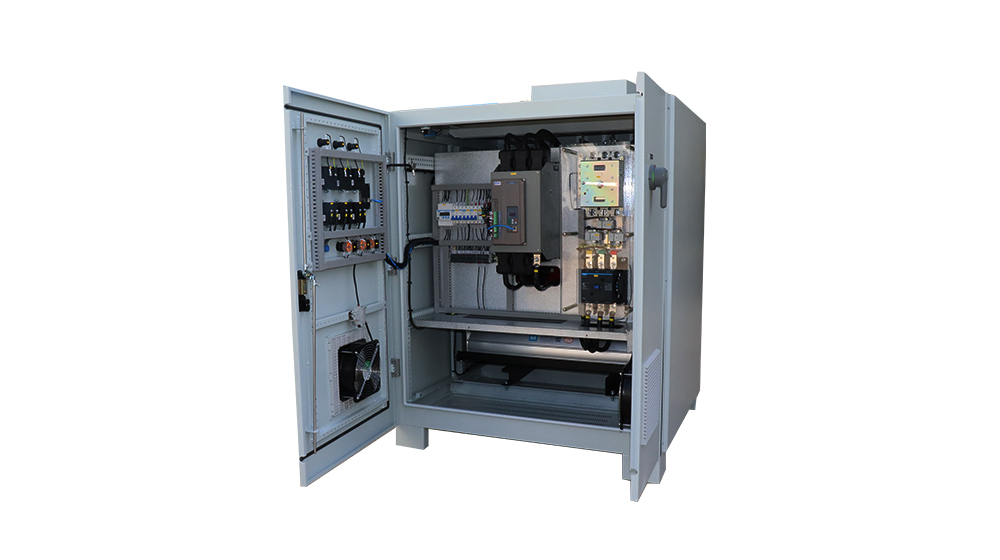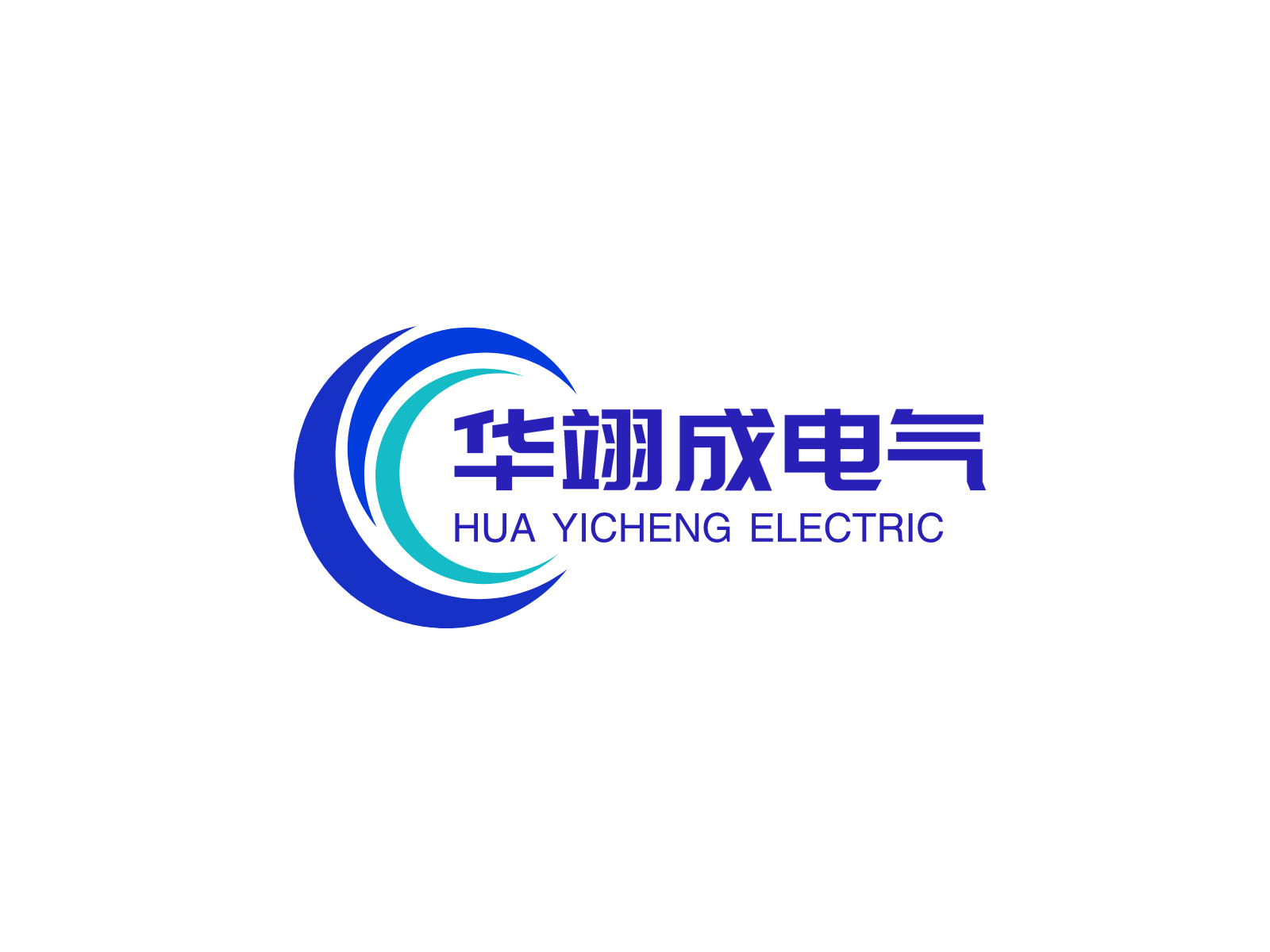Frequently Asked Questions about SCR Power Regulator
1. The large current of the electric heater gradually decreases during operation.
Cause analysis: The internal electric heating tube is burned. The electric heater is installed horizontally. During operation, the gas medium contains a lot of dust or the air pressure difference between the inlet and outlet of the electric heater is low, causing dust to deposit and cover the inside of the electric heater. The electric heating tube causes the electric heating tube to be unable to emit heat, and eventually the electric heating tube burns out, and the bottom electric heating tube simply burns out.
Fault clearing: Record the operating current of each group of electric heaters regularly. When it is found that the operating current of an individual group of electric heaters gradually decreases, it can be determined that the internal electric heating tube is burned out. The burning of a small number of electric heating tubes will not affect the operation of the system, and the unit can be put on standby. Replace the electric heating tube during shutdown and maintenance. If most of the electric heating tubes are burned out and the heater outlet temperature cannot meet the system needs, the high power of the electric heating of the failed group can be appropriately increased to ensure the normal operation of the system.
2. The working temperature of the thyristor of a certain group of SCR power regulators is 60 degrees Celsius, causing the contactor to interlock and trip.
Cause analysis: The cooling fan of the SCR power regulator does not rotate, and the heat dissipation power of the heater cabinet is low.
Troubleshooting: Immediately open the front door of the heater control cabinet to allow the air conditioning to enter. If the cooling fan does not turn, contact the maintenance team to replace it.
3. The measured temperature at the outlet of the electric heater is greater than the set value for a long time.
Cause analysis: The control method is incorrect, the air volume and air pressure inside the heater body are low, and the thermostat and control circuit are faulty.
Troubleshooting: Check whether the remote manual or automatic control parameters are correct, increase the air volume of the body, and increase the air pressure. Check and correct the thermostat. Tighten the connecting wires of each terminal block.
4. The measured temperature of a certain group of electric heaters is equal to or greater than the set value
Cause analysis: The air volume inside the body is low, there is serious dust accumulation, the temperature measuring point is prohibited, and the thermostat is damaged.
Troubleshooting: Immediately stop the operation of a certain group of heaters to avoid burning of the electric heating tube and increase the air volume inside the body. Check and verify the thermostat and temperature measuring points.




